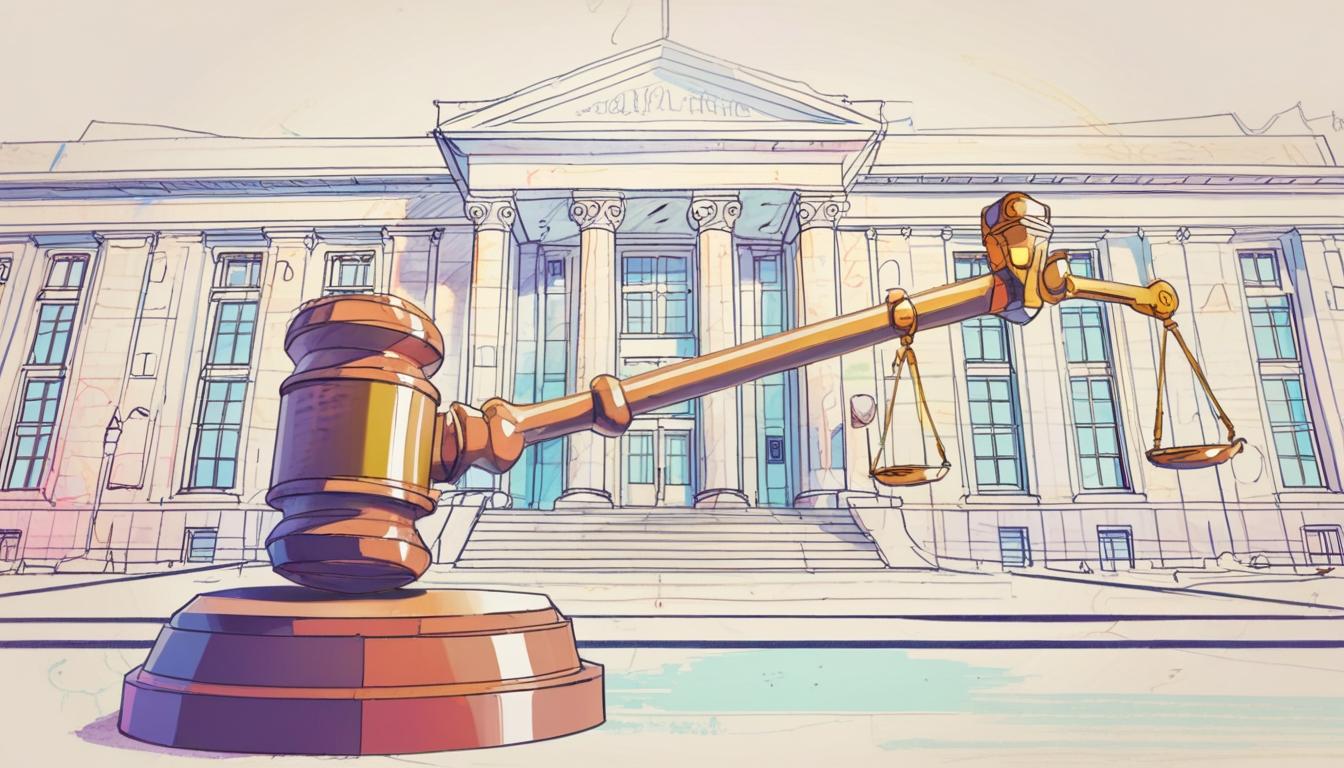Transforming Legal Services: The Rise of AI-Driven Debt Recovery
At the recent William Fry annual AI summit held at the Dublin Royal Convention Centre, discussions surrounding the transformative power of artificial intelligence (AI) in the legal sector took centre stage. The summit, which gathered industry experts, government officials, and stakeholders, coincided with a historic moment for legal services in the UK. The Solicitors Regulation Authority (SRA) authorised Garfield.Law Ltd, the first law firm leveraging AI technology to assist with legal services, particularly in debt recovery, a game-changing development for access to justice.
Garfield AI, co-founded by former litigator Philip Young and quantum physicist Daniel Long, aims to streamline the debt recovery process for individuals and small businesses, a market estimated to lose between £6 billion and £20 billion annually due to unpaid debts. Their services range from sending £2 'polite chaser' letters to £50 for claim form filings, making legal recourse significantly more approachable and economical. This pioneering effort was described by the SRA's chief executive, Paul Philip, as a 'landmark moment,' essential for integrating AI into legal practice while enhancing public access to legal services.
The summit provided insights into the overarching implications of AI in the legal field, particularly concerning data protection and ethical considerations. Key speakers highlighted the importance of integrating robust data protection frameworks as organizations increasingly adopt AI technologies. The rise of advanced language models and generative AI tools has reawakened conversations around user trust and transparency, an area viewed as vital for the sustainable deployment of these technologies. Delegates noted that 71% believed AI would significantly impact employment over the next five years, while 65% affirmed that AI was enhancing productivity.
Minister Niamh Smyth, who opened the summit, projected that AI could contribute over $15 trillion to the global economy by 2030. Emphasising the dual need for economic growth and public trust, she outlined a distributive model for implementing the forthcoming AI Act, which would involve multiple authorities to ensure oversight. This multifaceted approach aims to protect fundamental rights while fostering an innovations-friendly environment, featuring an AI Advisory Council that will guide policy development.
Cathal Ryan, deputy commissioner of the Data Protection Commission, stressed that embedding data protection by design is not just advisable but imperative for ensuring consumer confidence as AI continues to evolve. He pointed out that with the General Data Protection Regulation (GDPR) serving as a global benchmark, adherence to privacy standards is crucial for organizations navigating the complexities of AI compliance.
Moreover, the event showcased the pressing need for companies to move from mere compliance to proactive communication around data usage to meet evolving user expectations. The DPC has indicated plans for more extensive guidance, particularly aimed at social media entities, highlighting the integral role of data protection impact assessments in assessing AI’s potential risks and benefits.
As legal practices like Garfield AI pave the way for innovative services that enhance efficiency and accessibility, the broader implications for legal regulations and ethical standards in the age of AI remain a significant topic of conversation. Lord Justice Colin Birss has been amongst judicial figures endorsing this shift, recognising the profound potential of AI capabilities in improving procedural efficiency.
In conclusion, as we stand at the intersection of law and technology, the advent of AI-driven legal services presents a compelling opportunity to redefine access to justice. By addressing both the challenges and benefits inherent in these innovations, stakeholders can work collaboratively towards a future where legal services are not only efficient but also equitable.
Reference Map:
- Paragraph 1 – [1], [2]
- Paragraph 2 – [2], [3]
- Paragraph 3 – [1], [4]
- Paragraph 4 – [5], [6]
- Paragraph 5 – [6], [7]
Source: Noah Wire Services
